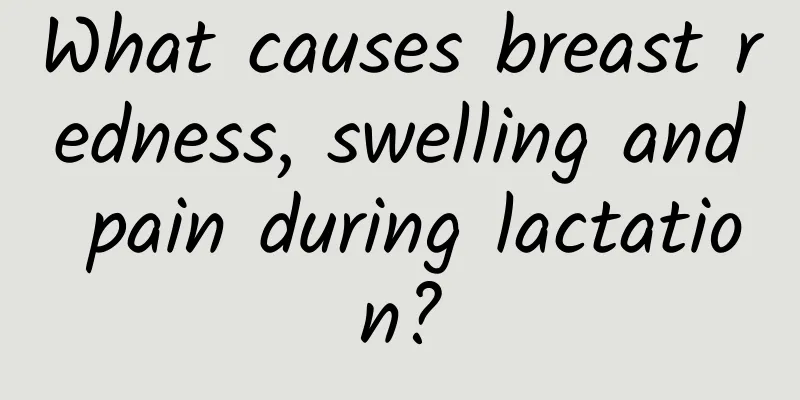What happens when the mandibular joint is dislocated?

|
There are many reasons for mandibular dislocation, such as recurrent arthritis or intermittent joint pain in patients, including falls or excessive walking, which may cause these problems, so everyone should be vigilant in normal times. A temporomandibular dislocation is when the condyle of the mandible slips out of the joint and cannot reposition itself. It can occur unilaterally or bilaterally. Common clinical cases are acute anterior dislocation and recurrent anterior dislocation. Acute anterior dislocation of the mandibular joint is usually caused by wide opening of the mouth, such as yawning, singing, biting large pieces of hard food, or nausea and vomiting. The continuous contraction of the lateral pterygoid muscle pulls the condyle through the articular tubercle. At the same time, the muscles of the mandibular elevator undergo reflex contraction, causing the condyle to be blocked in front of the articular tubercle and unable to reposition itself. In addition, when the passive opening force is too large or too violent, such as using an opener, bronchoscope, esophagoscope, gastroscope, and direct laryngoscope used for general anesthesia endotracheal intubation, the joint may be dislocated. If acute joint dislocation is not treated promptly and correctly, it may be complicated by articular disc injury, loosening of joint capsule and joint ligament tissue, leading to recurrent joint dislocation. 1. Clinical manifestations: The patient opens his mouth but cannot close it, drools, has difficulty eating and speaking, and appears to be in extreme pain. Examination revealed limited mandibular movement and open bite and cross bite of the anterior teeth. The front of the tragus on the dislocated side is sunken, and the area below the zygomatic arch is bulging. X-rays show that the condyle is located in front of the articular tubercle. 2. To treat acute joint dislocation, timely reduction is required, and the movement of the mandible should be restricted after reduction. The most commonly used method is intraoral reduction. Before reduction, you can massage the masseter muscles on both sides with your hands to relax the muscles. Anesthesia is usually not required. During reduction, the patient sits on a dental chair or a low stool with his head against the back wall. The occlusal surface of his mandibular teeth should be lower than the level of the doctor's elbow joint. The doctor stood in front of the patient with gauze wrapped around the thumbs of both hands to prevent bites. Then insert it into the patient's mouth, place it on the occlusal surface of the mandibular molars, and use the other four fingers to support the lower edge of the mandible. During reduction, use both thumbs to press the mandible downward, while the other four fingers lift the chin upward, so that the condyle in front of the articular tubercle moves below the level of the articular tubercle, and then pushes backward and upward to send the condyle into the articular recess. |
<<: What to do if you have a urinary tract infection?
>>: What to do if you have spots on your lips?
Recommend
What are the symptoms of prolapsed internal hemorrhoids? What are the hazards?
Hemorrhoids protrude outside the anus without pai...
Do babies need to drink water during confinement?
Women have the habit of sitting in confinement af...
Massage techniques for baby's night cough
Some babies often cry and cough at night because ...
How to treat stomach problems
There are many diseases in life that are very har...
Atractylodes macrocephala and Poria cocos are not suitable for people
Coix seed has the effects of promoting dampness a...
What are the symptoms of congenital heart disease in adults?
Some congenital heart diseases are latent and sym...
How to treat pelvic effusion caused by adnexitis? An old Chinese doctor teaches you how to treat it
Adnexitis and pelvic effusion are both common gyn...
Eyelid twitching continuously alerts facial spasm
If the swollen eyelids are twitching continuously...
Rubella symptoms and treatment
Rubella is an acute infectious disease mainly cau...
Bronchial asthma is often caused by
Bronchial asthma is a relatively serious respirat...
What are the Chinese herbal beauty formulas?
Nowadays, beauty salons can be found in every str...
What is the difference between seborrheic dermatitis and seborrheic alopecia
Seborrheic dermatitis and seborrheic alopecia are...
What is blood in stool?
When the human body is normal, there will be no a...
What foods can't be eaten by people with favism?
Many friends may not have heard of favism because...
Smelly stool with mucus
Some people have poor gastrointestinal function. ...









